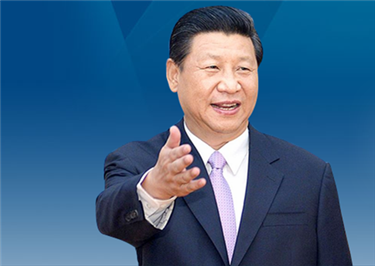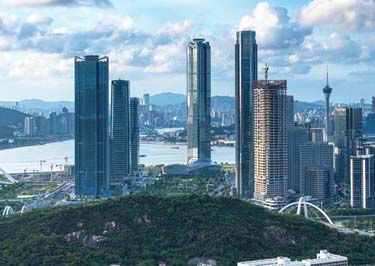Tong Shao-yi (Tong Shao Yi, Tang Shaoyi)
Tong Shao-yi (Tong Shao Yi, Tang Shaoyi) (1862-1938)
First Premier of the Republic of China
1
One of the leading diplomats and public figures at the end of the Qing dynasty, the first prime minister of the Republic of China hailed from a little village in the north of what today is Zhuhai.
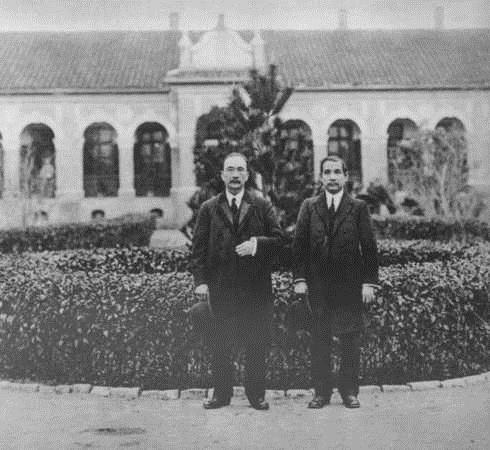
Dr Sun Yat-sen, right, first provisional president of the Republic of China, and Tong Shao-yi, first premier of the Cabinet of the Republic of China, in front of the Presidential Palace in Nanking (Nanjing) on March 25, 1912. [Photo courtesy commons.wikimedia.org]
Tong Shao-yi was born in Tang's Village of Hsiang-shan (Xiangshan) County (today's Tangjiawan Town, Zhuhai) on Jan 2, 1962. His father was a wealthy tea merchant from Shanghai and their sturdy house in Tangjiawan (Tang family's bay) was built by his grandfather.
As one of the third-detachment students sent abroad by the Qing government in 1874, he attended elementary school in Springfield, Massachusetts at age 12, high school in Hartford, Connecticut, Queen's College in Hong Kong, and then Columbia University in New York City.
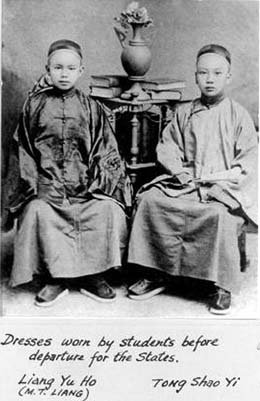
Tong Shao-yi, right, and Liang Yu-ho (Liang Ruhao) before departure for the US [Photo courtesy commons.wikimedia.org]
Tong became friends with Sun Yat-sen when the southern and northern governments attempted to negotiate for peace in late 1911 and early 1912.
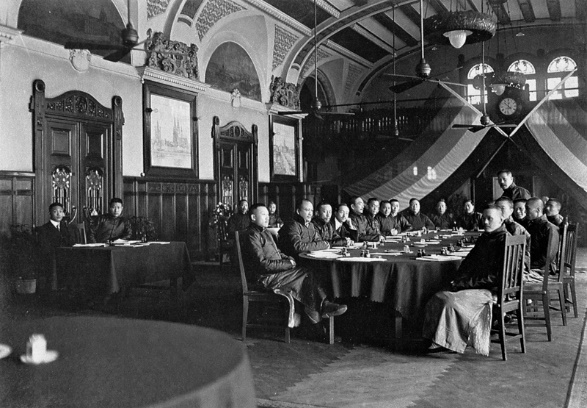
Peace negotiation in 1911 [Photo courtesy commons.wikimedia.org]
Southern revolutionists headed by Dr Sun had launched the Wuchang Uprising in October 1911, demanding the founding of the Chinese Republic. Tong was an envoy sent by the Qing court to negotiate peace with Dr Wu Tingfang (also known as Ng Choy or Ng Achoy), a representative of southern provinces. Fostered by western democratic and republican regimes, Tong's contributions to the establishment of the Republic of China made him a sworn friend of Dr Sun.
2
After Dr Sun's resignation from the presidency, Tong carried on struggles with Yuan Shih-kai (Yuan Shikai), who had succeeded Sun as the first president of the Republic of China. Unlike Yuan, Tong opposed autocracy, defended democracy, and argued for parliamentary regime. He resigned in anger upon seeing that his efforts were in vain.
Tong returned to his hometown -- Tang's Village, Zhuhai, in 1921.
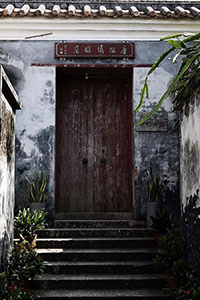
Former residence of Tong Shao-yi [Photo by Zheng Bibo]
3
It was here that a mining engineer, Herbert Hoover, a friend Tong made while he studied in the US and who was then an envoy of America to China, visited Tong Shao-yi.
It was in the winter. To show concern for his friend, Tong Shao-yi had designed and built a house heated with a fireplace copied from western America. This heated house is considered a rare sight in Lingnan architecture.
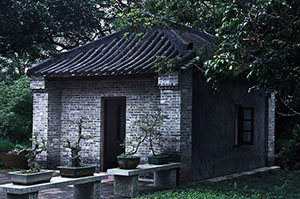
Heated house [File photo]
Hoover was elected the 31st president of the US in 1924. He wrote a letter inviting Tong to come for a gathering in America and discussion of the future of China. However, Tong could not make it.
Hoover mentioned Tong Shao-yi frequently in his book The Memories of Herbert Hoover, calling him a man of integrity, high caliber, and great ambition for China's future.
4
Tong Shao-yi, who actually had great ambition, developed a private estate with hundreds of tall trees, rare rocks, clear ponds, and a cluster of houses. Farming while wearing a bamboo hat, none of his fellow villagers identified him as the first premier of the Republic of China.
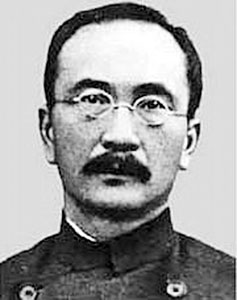
Tong Shao-yi (Tang Shaoyi) [Photo courtesy commons.wikimedia.org]
Tong's garden was fondly named Exquisite Yamadate, and then renamed Gongle Yuan, meaning Garden of Shared Joy, when Tong donated it to the Villagers' Committee. The three Chinese characters Gong Le Yuan on the gate head are Tang's own inscription.
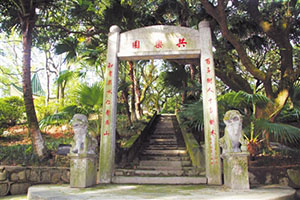
Gong Le Yuan inscription [File photo]
Gongle Yuan Park, along with a newly government-built archway and two roads, has been listed as a cultural reserve and one of the top ten tourist attractions in Zhuhai.
5
Even while at home, Tong Shao-yi never exempted himself from responsibility for revitalizing China.
The central government decided to build the hometown of Dr Sun Yat-sen into a pacesetting county in 1929. Dr Sun also was born in Hsiang-shan (Xiangshan) County, his section now renamed Zhongshan. Tong was named county prefect, which him on the way of fulfilling ambitions though far from his former rank.
Previously, when he served as a provincial governor in the Qing Dynasty (1644-1911) in 1909, Tong was given approval to build a tax-free commercial port in Xiangzhou, today's Zhuhai downtown area.
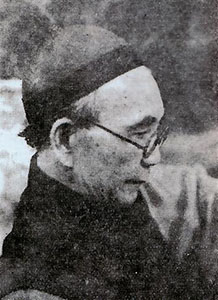
Tong Shao-yi (Tang Shaoyi) in 1931 [Photo courtesy commons.wikimedia.org]
Tong resumed the project in 1930, aiming to build a 50,000-dwt wharf in the Tangjiawan area, open water routes between Hong Kong and Macao and inland areas, and set up an open tax-free commercial port for international capital.
Tong made plans twice for the tax-free commercial port, which was to be an open special economic zone. His plans, however, were not fully accepted.
In 1937, Tong bought a house on Route Ferguson in the Shanghai French Concession and retired there. The following year, the Japanese occupied Shanghai (though not yet the foreign concessions). General Kenji Doihara attempted to recruit Tong to become president of the new pro-Japanese puppet government, and Tong was reputedly willing to negotiate.
Unfortunately for Tong, Kuomintang intelligence agency Juntong learned about the negotiation, and its chief, Dai Li, ordered Tong's assassination. On 30 September 1938, Tong was killed in his living room by a Juntong squad who pretended to be antique dealers.

